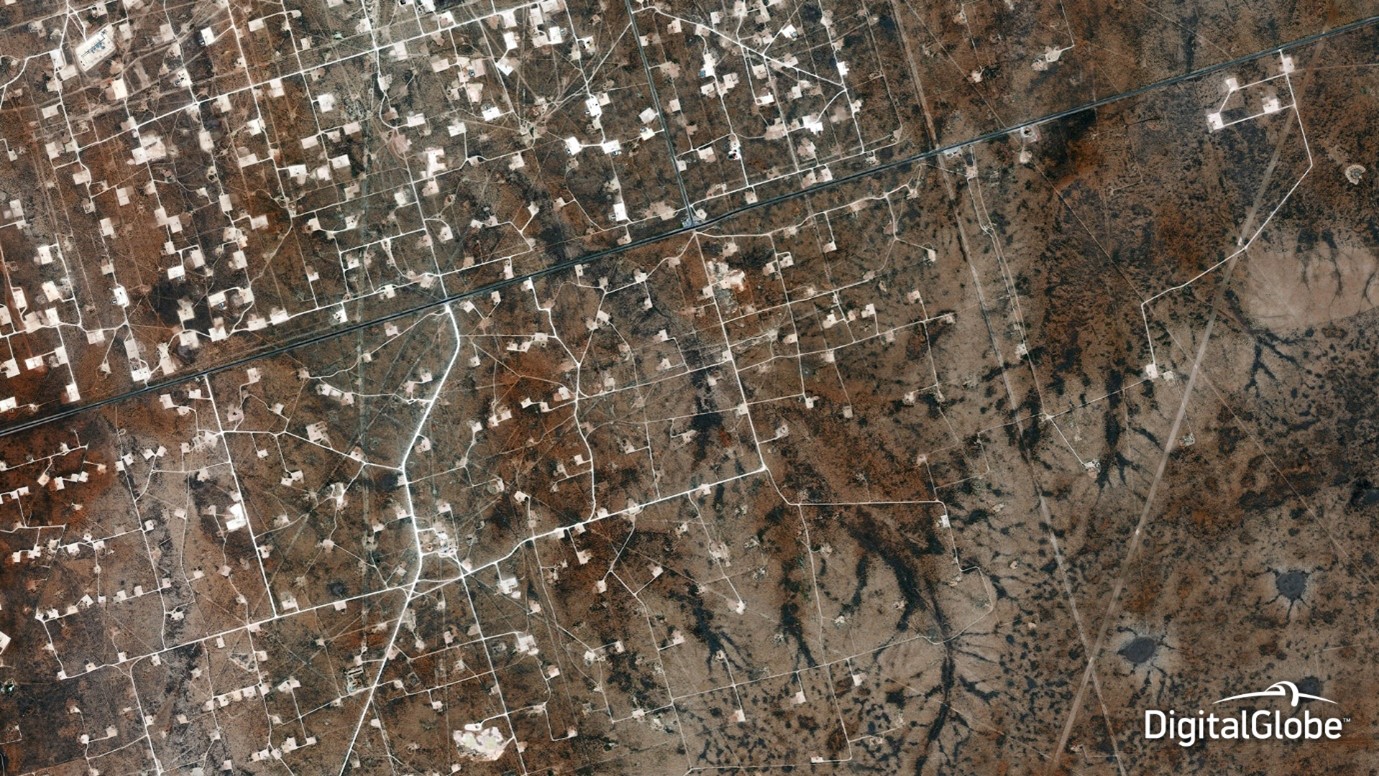Introduction
Crude blending allows the mixing of crudes. Crudes are considered the constituent of mixed feed. Here, they may satisfy the operational needs that they cannot fulfill as individual feeds. If there are minor variations in crude properties, a crude unit may use operating setpoints, charge rate, process cut points, etc. This is done to meet the variation in crude properties. If heavy crude is not processed at a refinery, the refinery will need to procure light sweet crude.
The objective of crude blending is to minimize the reliance on crude feed quality for stable and optimum operation while maximizing the produced yields and quality.
This topic will describe various types of crude blending configuration such as pipeline-to-tank blending, ship-to-tank blending, tank-to-tank blending, tank-to-unit blending, in-line blending from tanks to units, etc.
Requirement of Crude Blending System
It is required to have a feed as per the prescribed quality. It is also needed to monitor the yield quality.
Crude Distillation Unit
The crude distillation unit consists of a cylindrical solid body in which crude is made to flow. This solid unit consists of several streams that are numbered according to their own specific rankings.
Different Types of Crude Blending Configuration
There are several functions of crude blendings, such as planning and scheduling of crude and control over the quality and handling of the crude in the crude tanks.
In pipeline-to-tank blending, the crude is made to pass through pipelines. Once this is done, the product is carefully extracted from the tanks. The crude tanks’ quality control module performs its function during ship-to-tank blending.
In the lineup of ship-to-tank blending, the different types of crudes for crude blending are allocated. Some specific criteria are applied here. In tank-to-tank blending, the crude blend control module and the crude tanks’ monitoring module play significant roles. Tank-to-unit blending uses the density analyzer and the crude blending control module.
The latter controls the necessary requirements and demands of the blending process.
The lineup of tank-to-unit blending deals with the allocation and execution of various tasks. Specific norms are followed when such an assignment takes place. Feedforward and feedback integration of crude blending deals with assessing the feed quality, controlling it by the concerned modules, and assessing the yield quality. Various crude/crude mix types are used in multi-header crude blending, such as heavy crude mix, light crude mix, paraffinic crude, cusiana crude, naphthenic crude (LCT), etc.
Summary
Crude blending offers refiners the leverage to buy crude from different sources. This ultimately increases the profit by huge margins. Lastly, crude blending is a lot easier and simpler in execution and implementation than product blending.
Options for eLearning This Topic
Click to enroll for the eLearning of this topic on the crude blending
Browse Our Academy Course Catalog
#CrudeTanks’Quality #CrudeBlendingConfiguration #CrudeDistillationUnit #Tank-To-TankBlending, #CrudeDensityAnalyzer #Tank-To-UnitBlending #CrudeBlending #CrudeFeedQuality #Ship-To-TankBlending #Pipeline-To-TankBlending



1 2 3 4 5 100%
1 2 3 4 5 0%
1 2 3 4 5 0%
1 2 3 4 5 0%
1 2 3 4 5 0%